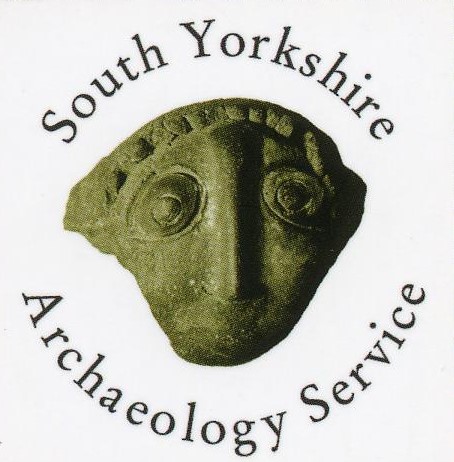Daniel Doncaster Steelworks Cementation Furnaces
Location/Address
Doncaster Street, Sheffield
Type
Other site, structure or landscape
Assets that cannot fit any of the other categories. This category includes sites of archaeological interest, where the original form and function may not be apparent without the use of archaeological techniques and interpretation.
Description
In situ remains of multiple well stratified and well preserved furnaces and industrial deposits, associated with the former Daniel Doncaster works which was founded in the first half of the nineteenth century.
Statement of Significance
Asset type
Preserved archaeological site.Age
The cementation furnaces date to the early nineteenth century, the first having been built by 1836 and the last around 1850.Rarity
The remains at the site were specifically curated for preservation in situ. Cementation furnaces were introduced into Sheffield in the early eighteenth century, with over 200 present by 1860, and the last built c.1880. Very few now remain, with the only remaining complete furnace in Sheffield also located at the site designated as a Scheduled Monument. Buried remains have also been subject to great loss owing to subsequent redevelopment on former industrial sites within the centre of Sheffield.Group Value
Research has confirmed that crucible and cementation furnaces were particularly associated with Sheffield and its environs, with innovation and development of the technology directly contributing to the city's international pre-eminence of reputation in the manufacturing of quality metal goods. The survival of important steel making structures at this site preserves evidence of this important technology and forms part of an important curated group of remains across the city that have been identified for preservation in situ. They also share a physical and associative relationship with the extant cementation furnace, contributing positively to its setting.Historic Interest
Daniel Doncaster developed the site from agricultural land in the 1830s, with subsequent phases of expansion adding to the extent and output of the site in the middle and latter part of the nineteenth century bringing the total number of cementation furnaces at the site up to five by 1872. By the early twentieth century the works included offices, steel and iron warehouses, converting furnaces, coke and charcoal stores, melting furnaces, stables, and cottages (back-to-backs). The works was cleared in the mid-twentieth century leaving a single furnace, and the site developed as a research laboratory for the British Iron and Steel Association. These buildings were later occupied by Midland Bank, later HSBC, and subsequently demolished c.2019. The site is of historical interest in relation to its association with the development of early nineteenth century industrial concerns within Sheffield, and particularly in relation to its association with the surviving Scheduled furnace at the site.Archaeological Interest
The site preserves the buried remains of multiple furnaces, in addition to the extant Scheduled furnace. These remains were investigated and recorded archaeologically in 2019, and the proposed development (at that time) revised in order that the remains of the furnaces and an area of stratified deposits and structural remains between them, could be preserved in situ. The remains are of significant research interest and have the potential to contribute to topics identified in the South Yorkshire Historic Environment Research Framework including improving understanding of the relationship between existing and emerging technologies of the post-medieval period; innovation in steel-making and tool production; the development of large-scale industrial concerns; and the potential evidence of undocumented or poorly documented industrial processes.Landmark Status
The remains at the site are directly associated with the surviving cementation furnace, which forms an important landmark within the area. The development proposed for the site includes measures that will identify the location of these buried remains at the site, developing its landmark status as the location of the last remaining complete cementation furnace within the region.Images and Documents
Date Listed
15 Aug 2022
Last Updated
09 Aug 2022
Comments and Feedback
Do you have any questions or more information about this record?






